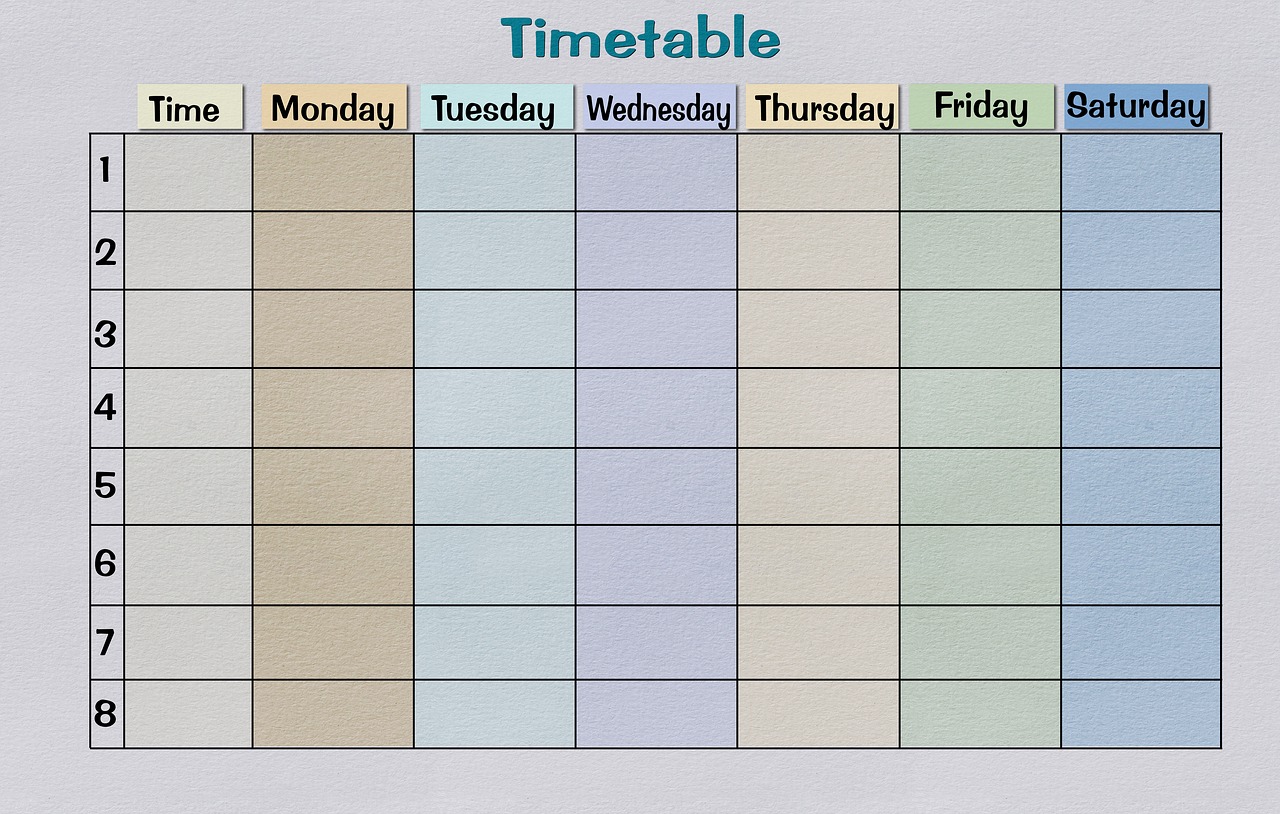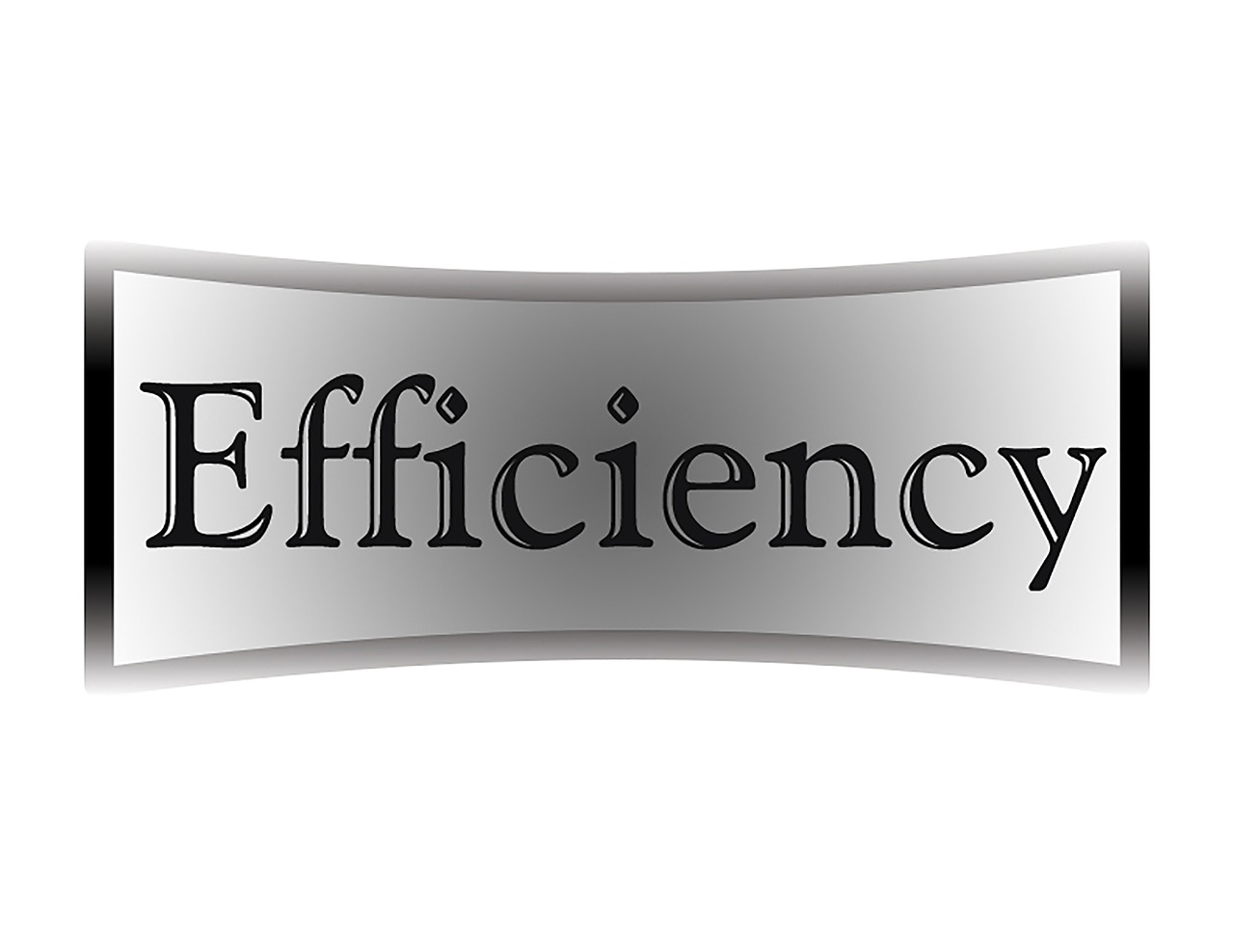
The middle of June begins the annual season of change for radiology residencies. The first graduates start to move out as they have held their last few weeks of residency vacation to dedicate this time to move. And new residents prepare to find housing in the area and prepare for the new academic year. Even the first-year residents have an enormous transition from readers and observers to active participants in night shifts and calls. Since so much happens now, let’s discuss a checklist of some items you may not think about or forget before starting the new year. Don’t worry. I have you covered!
Bone Up A Bit On The Basics To Get Ready Before Starting
Whether you are about to start residency, call, or fellowship, why not take the time to read a bit before starting. Many fellow interns and residents say not to do anything before starting your new phase. But, many of them are not radiology trainees. We have more reading than most other specialties out there. So, get cracking.
Suppose you are an intern. Read some anatomy atlases (if you haven’t done so already!). If you are about to take overnight call, consider some case review series, especially for ER radiology. And, if you are a fellow, start reading about some of the critical areas within your newfound subspecialty. Any bit of reading can give you a headstart.
Find Housing Close To Your Residency Program
You have limited time to get out there and find housing with all the pressures upon you. But, if I have to give one sagely piece of advice, you are usually best off living fairly close (optimally within a ten-minute radius)—the less time in the car or some form of transport, the better. You will have more time for studying and, perhaps just as importantly, more time for yourself. This advice comes from someone who has lived near and far from their line of work. It’s not worth the pain to live farther away!
Remember To Start Up Your Savings And Investments
Some of you will have the option of starting up 401ks with matches or making automatic contributions to Roth IRA. Regardless, before starting, don’t forget to automatize all these investments. As residents, you will not have as much time for a hands-on approach. So, start up those automated investments into those stock index funds before beginning. Trust me. Your future self will thank you many years from now!
Start-Up Car And Renters Insurance
Many of you are moving. So, don’t forget to change up all your insurances. Sure it can be a pain in the neck, especially if you are moving to a new state. But, it is a necessary evil. The last event you need is to start residency after a theft that you can’t recover or have issues with your car once you have already started. Make sure all these insurances are in place before you start.
Make Sure You Have Your Medical Licenses And Credentialing Ready To Go
Some of you will need your state medical license before beginning residency. Others will be able to use the hospital license. Either way, you will still have much to do to ensure that you get it processed and ready to go. Credentialing in all forms can be more arduous than you might think. And, it pays not to worry much about it after you start. So, get everything in as soon as possible, so you will not worry about the details during your residency!
J1 Visas, Etc…
Finally, for foreign graduates, don’t forget to ensure that all the paperwork you need to stick around is complete and ready to go. We have seen a few folks that had a problem getting back into the United States because they did not finish their paperwork. It happens!
Are You Ready? Get Psyched For The Change!
So many errands to do before starting and so little time to do them. Here is a bit of a nudge to get you going so you can start the year with a bang. Before starting, take a gander at this list and ask yourself, what did I forget? This list can help you recall what you need. But, most importantly look forward to the next academic year. Change is exciting and will be here before you know it!
This website is an affiliate of Amazon. A percentage of the items purchased through Amazon through the links on this site are paid to the radsresident.com website.















